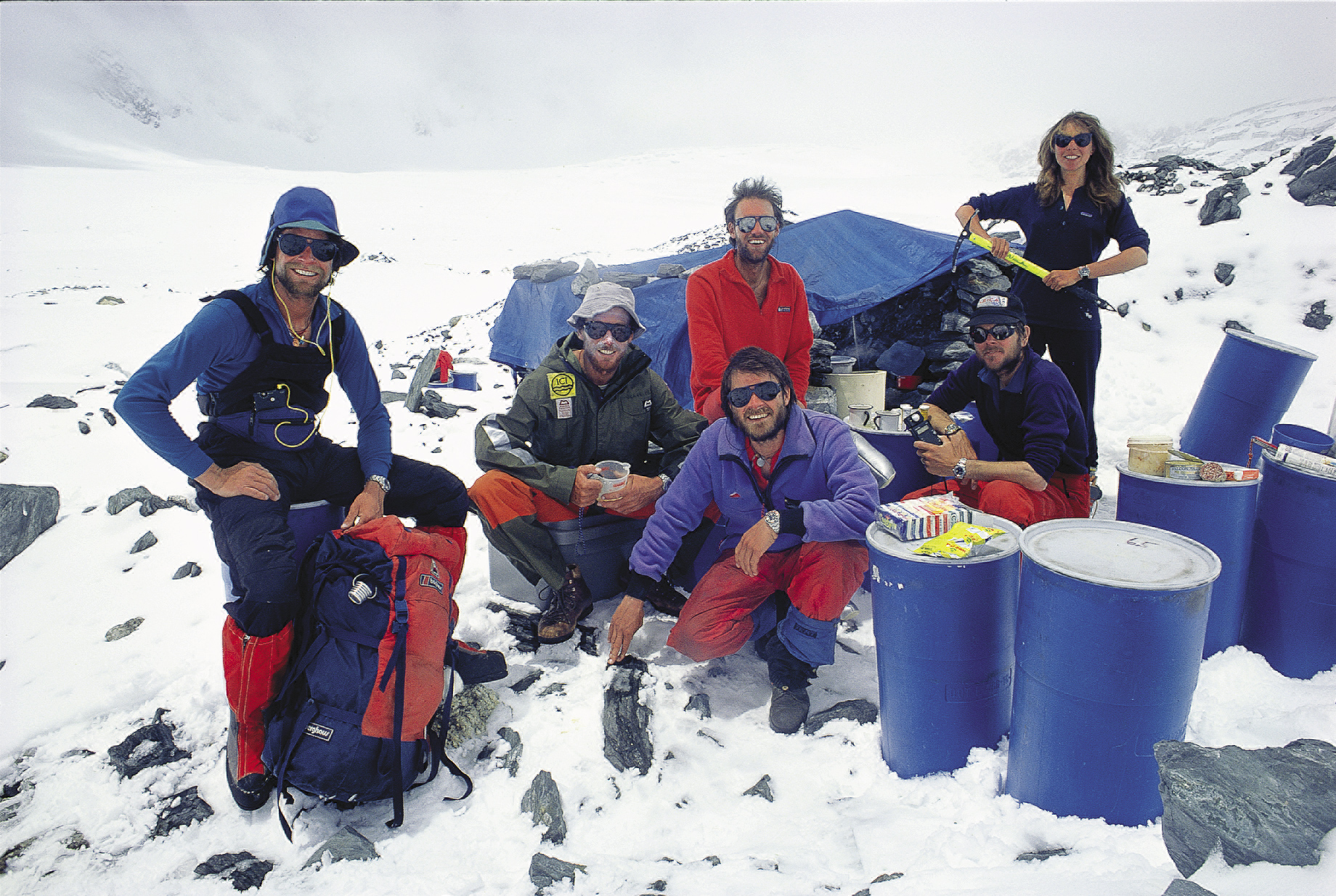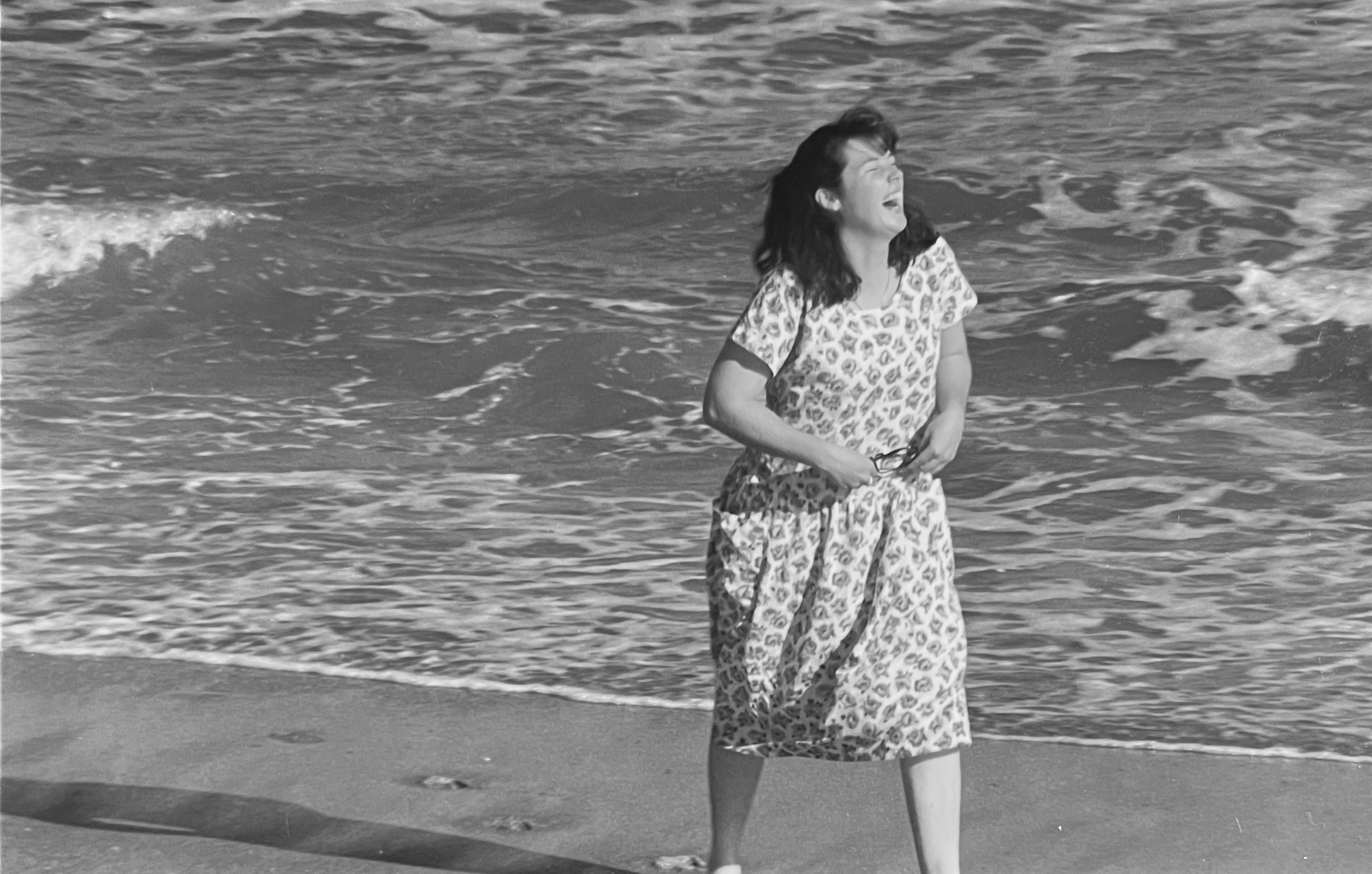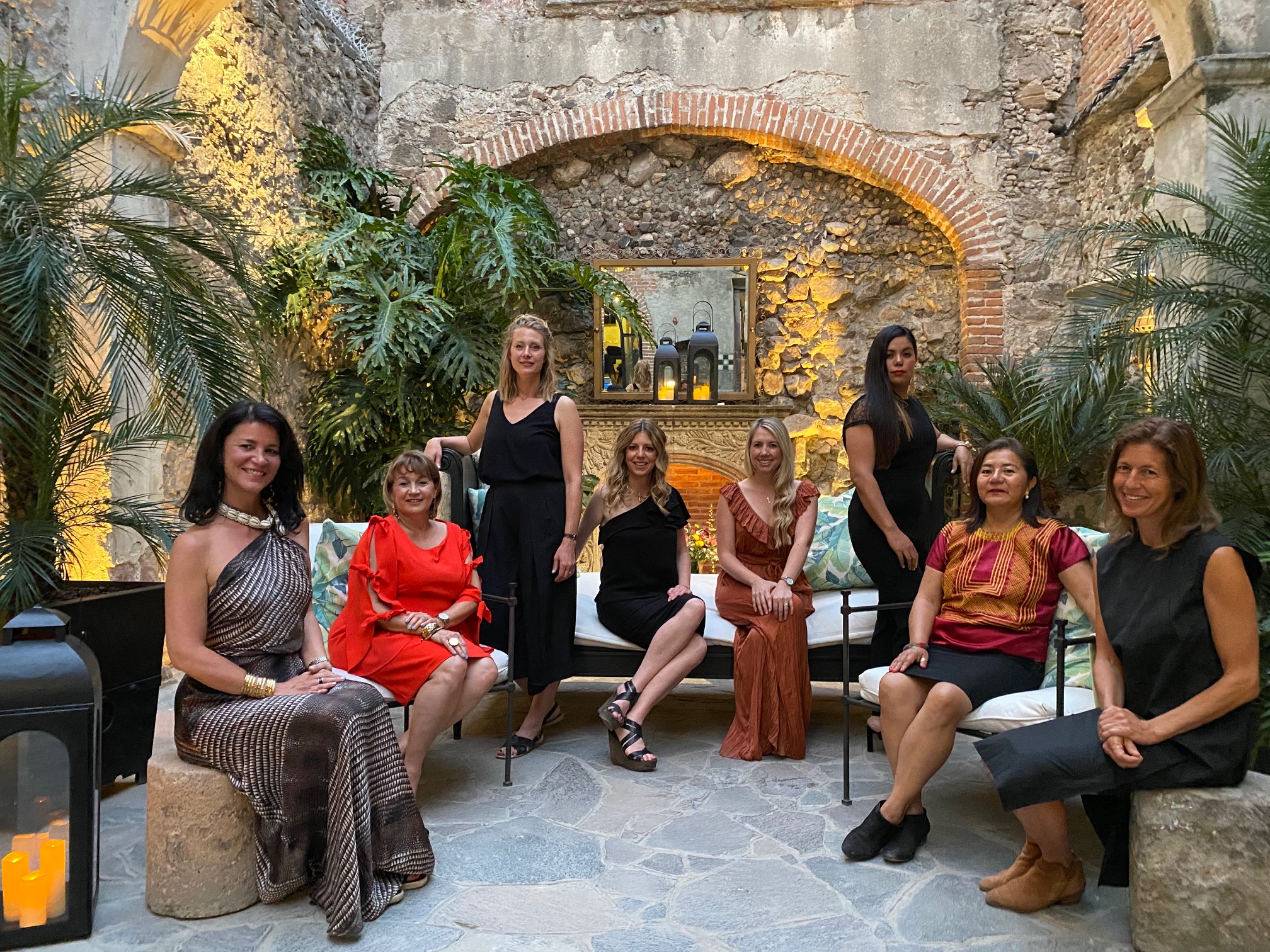When any of us experience catcalling or street harassment, there are usually a few predictable reactions: ignore it, flip the middle finger, shake our heads, or if we’re feeling brave, say something harsh. It’s not a common reaction to actually engage with the guy, as the majority of us view wolf-whistling as something pathetic that guys do to get attention.
Yet one woman is doing just that, turning around and facing those cat-callers head on, in a very unique way. Brooklyn-based photographer Caroline Tompkins, 22, was sick of guys whistling and yelling at her on the street when she moved to the big apple in 2011, that she decided to start documenting these experiences.
Any time she received some form of sexism while walking down the street, she would whip out her camera and photograph the perpetrator. The photography series is called ‘Hey Baby‘ and examines everyday sexism in a way we have never seen before. For over 3 years she has taken hundreds of photographs, with mixed reactions from the men.
“When I first moved to New York from Ohio, I found myself feeling incredibly unsafe just walking to school, walking to work. I felt like I was part of a performance I didn’t ask to be in,” she told Al Jazeera. “I felt myself needing to fight back from that, at least for my own sake, to feel like I was doing something about it.”
“I have been grabbed, I have been surrounded by men at night walking home. In terms of what they are actually saying — it’s anything from ‘hey baby’ to where they are going to put their genitals on me, what kind of babies we would have together. There is never a break, it’s relentless.” Urgh…
So instead of feeling helpless, using her camera to document what she and many people feel is a disgusting display of communication was a way to enable her to get over that.
“It’s important for me to exert my own power in the situation. For me that means taking their picture instead of asking,” she told Huffpost Women. It happens very quickly, and she doesn’t ask their permission. Some of the men react angrily and try to cover up their face or flip the middle finger. It is ironic that they are willing to act in a lewd manner publicly, but don’t want their actions on record.
Yet this is why Caroline feels her project is not only insightful, but important.
“They have the power to walk away or cover their face or to pose even, but it’s important that they know there is a consequence for their action. If they ask why I’m doing it, I’ll usually tell them something like, ‘You said something to me, why can’t I take your picture?’ or ‘Your comment made me feel uncomfortable.’ It’s important for me to acknowledge that their comments affected me negatively.”
“It’s this private thing they’re telling you, in a private way, but in a public space. I’m concerned about my safety most of the time when I am in public. So making this work is not too far of an extension from that.”
As for the men, they don’t think they are doing anything wrong, which is very telling of why street harassment is not something that should just be brushed under the carpet. It could potentially be an opening to other gender-based crimes.
“100% of the time, every time I tried to confront them in any way, it was always just, ‘Well, I didn’t rape you. I was just giving you a compliment,'” Caroline explains.
Debjani Roy, deputy director of anti-street harassment organization Hollaback, which developed a smartphone app that allows people to report street harassment in real time, said verbal harassment is often the gateway to more aggressive harassment and behaviors.
“It starts with street harassment. That behavior allows for all other forms of gender-based violence to happen, including domestic violence and sexual assault,” she said. “On the spectrum of street harassment, if you are saying it’s OK for someone to comment on your body as you are walking down the street, what is to say that it’s not OK for them to follow you and ask for your number or say, ‘Can we talk for a second?’ or … for them to follow you home or grab your arm if you don’t respond how they want you to or follow you into the subway and touch you? The verbal harassment allows for all of these other things to continue and happen.”
Since Hollaback began in 2009, women and men have shared more than 7,000 stories of street harassment on its blog. The organization works with groups for 79 cities in 26 countries around the world and functions in 14 languages.
British organization Everyday Sexism also creates a safe platform online where men and women can share their stories anonymously and help others realize this is not always something that can be brushed off in a light manner.
According to nonprofit Stop Street Harassment more than 70 percent of women around the world have reported experiencing some sort of street harassment in their lifetime.
Is it just the cat-callers and harassers who are allowed to get away with their actions, or is there another factor at play? Caroline says some of the older women she talks to about this issue tell her she should feel lucky for the attention she is getting because she is blonde, young, etc. It’s sad to know that the victims of sexism don’t always see it as a problem. So what is the solution?
“It’s up to the individual to determine if it is harassment, but I think from a very young age we are conditioned to believe that this is validation for who we are and how we should feel about ourselves. We have always relied on this external validation that starts very young,” she said.






















2 thoughts on “Why One Woman Is Photographing The Men Who Catcall Her”